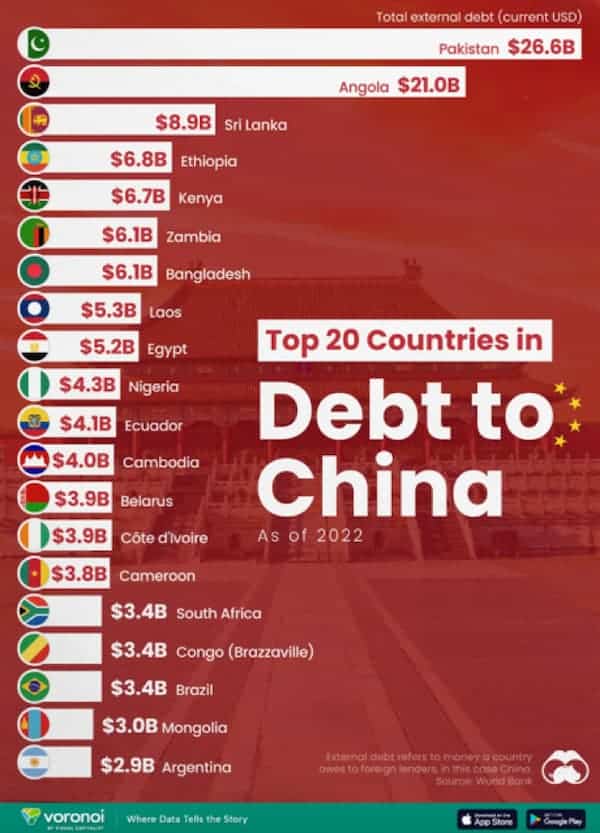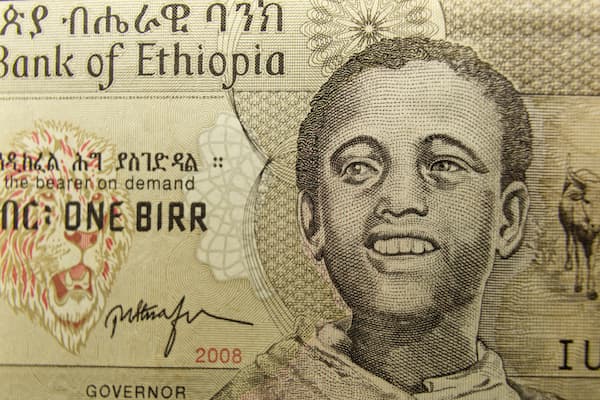The future of Ethiopia and Egypt depends, among other things, on China. Fundamentally, the issue revolves around water, the political effects of climate change, and the involvement of superpowers. The relationship is archetypal of many of the conflicts we will see elsewhere in the world in the coming years.
This blog post is the second part of four about the relationship between these countries.
However, GERD and other BRI projects have been very expensive...
GERD is now over 95% complete, and in September, the installation of the 3rd and 4th turbines began. Additionally, the reservoir is more than 60% full, and in August this year, the fifth filling of the next 23 billion cubic meters of water commenced. This filling is very large, amounting to 30% of the reservoir’s total capacity. Therefore, Egypt’s concern and frustration toward Ethiopia have significantly increased over the past few months.
GERD has cost about $5 billion to construct, equivalent to 3-4% of Ethiopia’s annual GDP. However, Ethiopia has also undertaken other massive infrastructure projects through the Belt and Road Initiative (BRI).Many of these projects have a very long horizon before they can become economically viable.
Addis Ababa is often called "the city that China built." Over the past decade, many large and high-tech buildings have been constructed. However, a large number of these buildings are currently vacant or underutilized relative to their technological potential. Additionally, the BRI funded a large light railway system intended to revolutionize Addis Ababa's infrastructure. It was estimated to handle 60,000 passengers per hour, but today only one in three trains is operational, and the maintenance costs are far higher than expected. As a result, the system carries only up to 55,000 passengers per day.
These major projects required substantial loans. China has provided so many that Ethiopia is now the second-largest borrower from China in Africa. Even though it has a fragile and relatively small economy.
... and therefore, Ethiopia needs to rapidly transform its economy ...
The fragility of the economy became apparent during COVID. The country's once-flourishing textile industry was hit by lockdowns and limited shipping capacity to and from China.
The resulting delays led to Ethiopia defaulting on its foreign loans in December 2023. As a result, the IMF had to provide an emergency loan of $3 billion at the beginning of this year. The loan was controversial because it indirectly meant that the IMF was helping Ethiopia service its BRI loans from China. Western countries guarantee 75% of the IMF, effectively underwriting payments on BRI loans.
Ethiopia's government is under immense pressure to rapidly transform its economy into a more stable and less climate-dependent direction—a strategy the country has long sought.
...towards the vision of becoming a leading cleantech producer in Africa
Since 2011, Ethiopia has been working on the CRGE strategy, which aims to make Ethiopia the leading cleantech producer in Africa. China has been the main lender and the inspiration.
Among other initiatives, Ethiopia has created a special economic zone for the textile industry, similar to what Deng Xiaoping did in China in the 1980s. Ethiopia has become an increasingly important supplier to Chinese clothing companies.
But Ethiopia is particularly focused on the development and production of electric vehicles (EVs)—a natural consequence of the construction of GERD. From the beginning of 2024, the country has banned the sale of combustion engines. Additionally, the government is offering a 10-year tax exemption to companies producing EVs.
In June, Ethiopia’s largest EV factory opened in the Amhara region. However, the capacity is very low by international standards, with only about 1,000 EVs produced annually, representing less than 1% of EV sales in Ethiopia. The cars are almost entirely made from components imported from China and follow similar technical designs.
This requires good relations with China
Finally, Ethiopia became a member of BRICS+ in January 2024. A key reason for this was the group's New Development Bank. Ethiopia hopes that this institution can step in where BRI has left off.
Thus, Ethiopia views its commercial future primarily as a trading partner with China and Middle Eastern countries. This perception persists despite the fact that both the U.S. and the EU are the largest providers of economic aid and humanitarian development assistance. It also continues despite the increasing political support from the U.S. and EU to Ethiopia over the past 10 years. However, China has been able to offer something of greater value—export contracts.
Ethiopia's economic challenges are profound. Solving them will require support from China, the U.S., the African Union, and the IMF. In this process, there could even be geopolitical and domestic political advantages from national unity around a threatening external enemy. China, for instance, needs to protect its investments.


